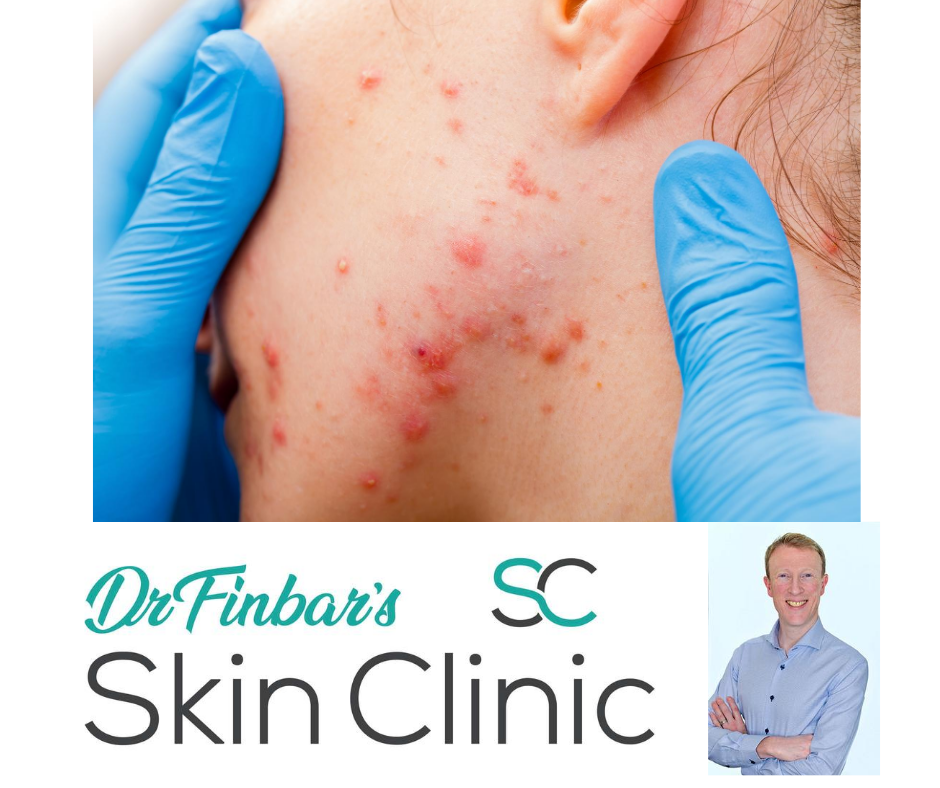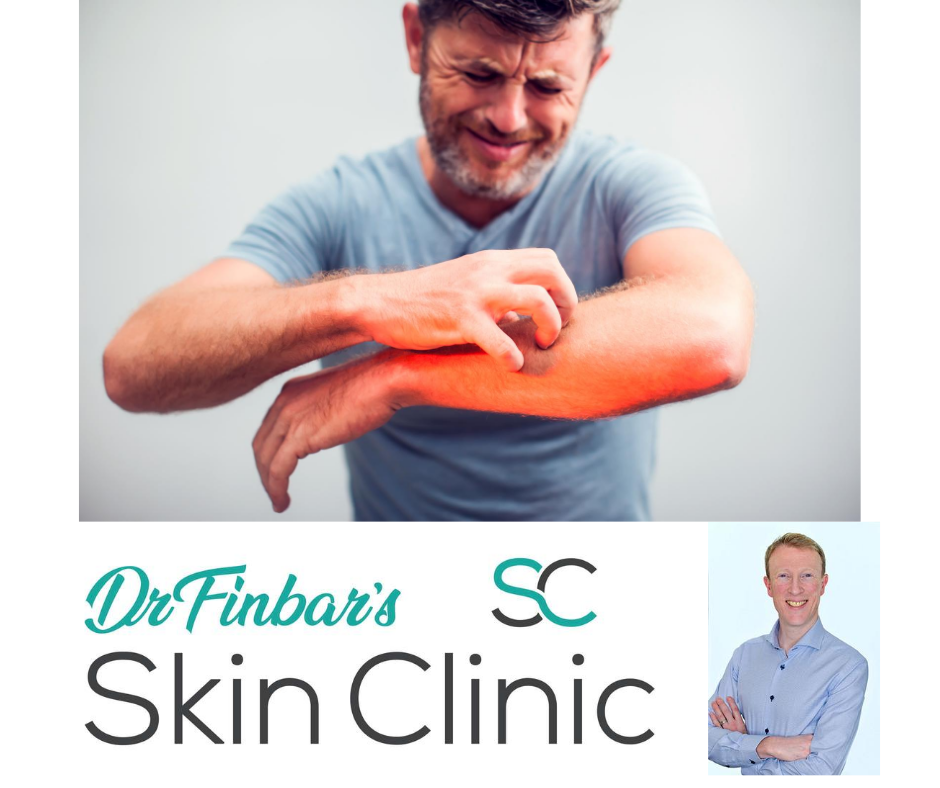Basal Cell Carcinoma (BCC)
Superficial BCC
What Is Basal Cell Carcinoma (BCC)?
Basal Cell Carcinoma, often called BCC, is the most common type of skin cancer. While it’s the least dangerous because it doesn’t spread to other parts of the body, it can still be a nuisance. BCCs can become unsightly, bleed, and form scabs. If left untreated for too long, they can cause serious damage by eroding deep into the tissues, which can lead to disfigurement.
Who Is at Risk?
Anyone can develop BCC, but people with light skin, like most of my patients here in Ireland, are more likely to get it. BCCs are mainly caused by many years of sun exposure. So, as we age, they become more common. They usually appear on areas of the body that get the most sun, like the head and neck.
What Causes BCC?
BCC begins in the basal cells—these are the cells at the base of the top layer of skin, called the epidermis. When these cells start to grow uncontrollably, a basal cell carcinoma forms. Thankfully, BCCs grow slowly, and most of them can be cured with treatment, especially if they are caught early.
How Are BCCs Diagnosed?
To diagnose a BCC, doctors like me examine the suspicious lesion and consider its features. Sometimes, we use a special tool called a dermatoscope, which lets us see beneath the skin’s surface. It’s like a mini microscope that helps us get a closer look, allowing us to see details that are invisible to the naked eye.
In some cases, a doctor may take a small piece of the skin, called a biopsy, and send it to a lab to confirm the diagnosis. This helps us decide on the best treatment plan.
Why Do BCCs Form?
The main reason BCCs develop is long-term sun exposure. Over the years, the skin gets damaged by the sun’s UV rays, leading to cancerous growths like BCC. That’s why it’s important to protect your skin from the sun, especially if you’ve had a lot of exposure or used tanning beds.
How Do BCCs Look?
BCCs can look different on different people. They can appear as a scab that bleeds and heals repeatedly, which is often a sign that the lesion is cancerous. Some BCCs may be pale or whitish, while others are darker, especially in people with darker skin types. Often, these lesions have blood vessels on their surface, which can be seen clearly under a dermatoscope.
Treatment Options for BCC
There are various ways to treat BCC, and the best option depends on the size, location, and depth of the lesion. Some common treatments include:
- Topical creams: Medications like Efudex and Aldara can be applied directly to the BCC. (Watch Video Here)
- Surgery: This is a common treatment where the lesion is removed surgically. In some cases, a specialized technique called Mohs surgery is used, where thin layers of skin are removed and examined until no cancer remains.
- Curettage and cautery: In this method, the BCC is scraped off, and the area is cauterized to destroy any remaining cancer cells. (Watch Video on Surgical Biopsy Techniques)
Your healthcare professional will help you decide on the best treatment based on your specific case.
What Should You Watch Out For?
Many people notice BCCs because their partners spot bloodstains on bed sheets or pillows. BCCs often bleed and scab over, so if you notice a sore that heals and comes back repeatedly, it’s a good idea to get it checked. Pay special attention to areas of your skin that haven’t been injured but seem to scab or bleed often.
Preventing BCC
The best way to prevent BCC is to protect your skin from the sun. Wearing UV-protective clothing, using sunscreen every day, and seeking shade can all help. It’s also important to get to know your skin. If you notice something new, changing, or unusual, have it checked by a healthcare professional who is trained in skin lesion recognition and preferably uses a dermatoscope.
Final Thoughts
Basal Cell Carcinomas are common but treatable when caught early. Protect your skin from the sun, and if you notice any suspicious lesions, don’t hesitate to get them looked at. Remember, the earlier you catch them, the easier they are to treat.
Share this post on:
Copyright © 2025 Dr Finbars' Skin Clinic All rights reserved.






